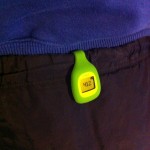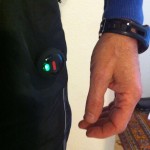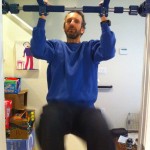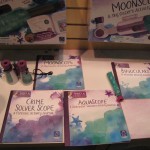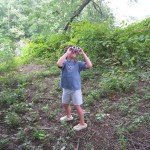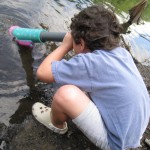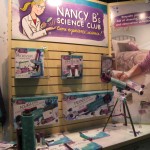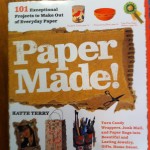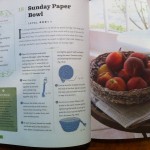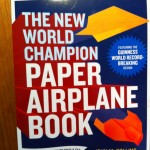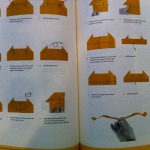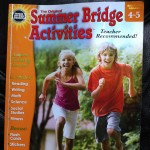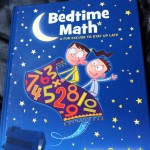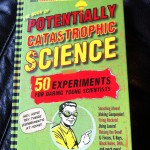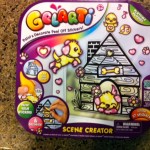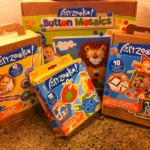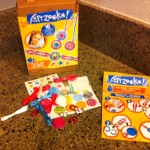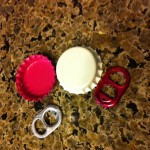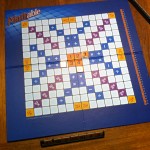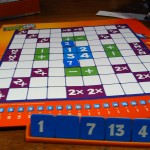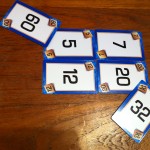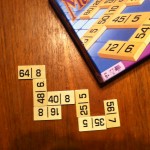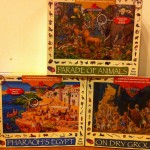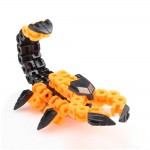Now that Black Friday and Cyber Monday are distant nightmares, we can start focusing on great gifts for the season instead of how much we’ll save if we stand in line all night. Here are a few of our current favorites.
North Pole Communicator Microphone
 Get the family together, dial up the North Pole, and have “real” back-and-forth conversations with the “big man,” elves, and others. The communicator is fun for the kids and will amuse adults as well. It’s a really fun way to get the family engaged in a nightly activity. hallmark.com
Get the family together, dial up the North Pole, and have “real” back-and-forth conversations with the “big man,” elves, and others. The communicator is fun for the kids and will amuse adults as well. It’s a really fun way to get the family engaged in a nightly activity. hallmark.com
Hallmark’s Keepsake Ornaments
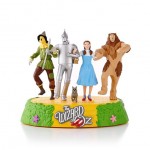 Giving and collecting ornaments is an important part of Christmas for many families, and Hallmark’s Keepsake Ornaments are often part of that tradition. There’s a huge variety, so finding the perfect gift for your child or loved one is easy. Some celebrate milestones and nurture memories, others capture scenes from your favorite movies, TV shows, or cartoons. Our favorite this year is “Lions and Tigers and Bears,” a Wizard of Oz ornament where the characters move and speak lines from the movie. http://www.hallmark.com
Giving and collecting ornaments is an important part of Christmas for many families, and Hallmark’s Keepsake Ornaments are often part of that tradition. There’s a huge variety, so finding the perfect gift for your child or loved one is easy. Some celebrate milestones and nurture memories, others capture scenes from your favorite movies, TV shows, or cartoons. Our favorite this year is “Lions and Tigers and Bears,” a Wizard of Oz ornament where the characters move and speak lines from the movie. http://www.hallmark.com
Santa and the Christmas Eve Flight
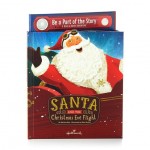 This interactive storybook is adorable and a great way to spend some quality reading time with your kids. As you read key words and phrases, Santa responds with questions or choices. Your child’s responses actually shape the story, which means it could change every time you read it. There are more than 30 responses from Santa, which makes for a pretty diverse range of possible storylines. http://www.hallmark.com
This interactive storybook is adorable and a great way to spend some quality reading time with your kids. As you read key words and phrases, Santa responds with questions or choices. Your child’s responses actually shape the story, which means it could change every time you read it. There are more than 30 responses from Santa, which makes for a pretty diverse range of possible storylines. http://www.hallmark.com
Holiday Specs
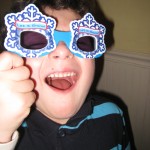 When you look at any light source (such as Christmas tree lights or candles) these holographic glasses, turn it into a snowflake, reindeer, snowman, Santa, or about a dozen other possibilities, depending on which one you get. Holiday Specs come in paper (think movie 3D glasses) or plastic (think brightly colored, silly opera glasses) and are cheap and a whole lot of fun. We plan to hand these out to everyone before we open gifts on Christmas Eve. Sure, the Specs are silly, but adults get a kick out of them too. They’re also greet for long winter car rides. Have the kids turn off their electronics and stare out the window. They’ll literally be able to see Santa everywhere. Please don’t wear them while you’re driving. http://www.holidayspecs.com
When you look at any light source (such as Christmas tree lights or candles) these holographic glasses, turn it into a snowflake, reindeer, snowman, Santa, or about a dozen other possibilities, depending on which one you get. Holiday Specs come in paper (think movie 3D glasses) or plastic (think brightly colored, silly opera glasses) and are cheap and a whole lot of fun. We plan to hand these out to everyone before we open gifts on Christmas Eve. Sure, the Specs are silly, but adults get a kick out of them too. They’re also greet for long winter car rides. Have the kids turn off their electronics and stare out the window. They’ll literally be able to see Santa everywhere. Please don’t wear them while you’re driving. http://www.holidayspecs.com
Build a Bear
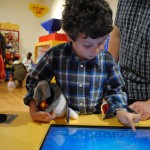 A visit to Build a Bear is a great holiday activity for the whole family. We recently went to the new workshop at FAO Schwarz, and the kids loved every second of our visit. There were a huge number of many holiday (and non-holiday, of course) choices, including Santa, Rudolph the Red Nosed Reindeer, mice, polar bears, and some delightful “small fry” elves. But we ended up torn between torn between Frosty the Snowman and Santa. There’s also a wide variety of clothes, accessories, and costumes for the stuffed toys. Our son loved choosing his toy, stuffing it, giving it a personality and a sound (it sings when you squeeze its hand), and dressing it for Christmas. He built a new holiday friend, and we had a really nice afternoon together as well. Back home, you and the kids can have some virtual playtime as well, on the secure online experience of “Bearville” which is protected and one of the safest websites in the USA. And yes, of course there’s an app for that—do you really have to ask?) Visit http://www.buildabear.com/ to find a workshop near you.
A visit to Build a Bear is a great holiday activity for the whole family. We recently went to the new workshop at FAO Schwarz, and the kids loved every second of our visit. There were a huge number of many holiday (and non-holiday, of course) choices, including Santa, Rudolph the Red Nosed Reindeer, mice, polar bears, and some delightful “small fry” elves. But we ended up torn between torn between Frosty the Snowman and Santa. There’s also a wide variety of clothes, accessories, and costumes for the stuffed toys. Our son loved choosing his toy, stuffing it, giving it a personality and a sound (it sings when you squeeze its hand), and dressing it for Christmas. He built a new holiday friend, and we had a really nice afternoon together as well. Back home, you and the kids can have some virtual playtime as well, on the secure online experience of “Bearville” which is protected and one of the safest websites in the USA. And yes, of course there’s an app for that—do you really have to ask?) Visit http://www.buildabear.com/ to find a workshop near you.

